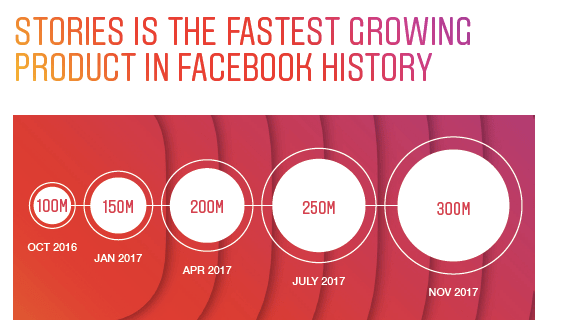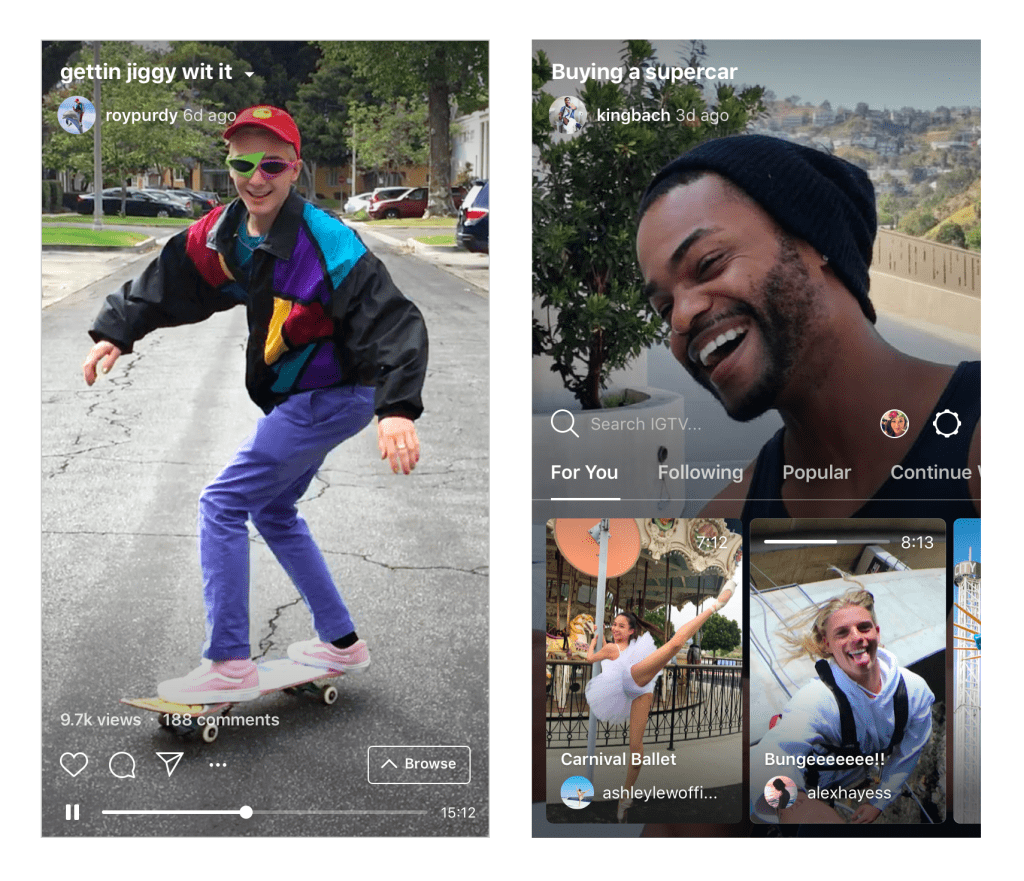We are in the midst of a “Vertical Video” boom.
Instagram recently launched a new long-form video hub called IGTV. Even Netflix started embracing this format, featuring 30-second previews of its programming.
Netflix
What does this tell us?
Recent technological forces have brought unprecedented changes in consumer behavior. As people spend more time-consuming content on mobile devices, platforms have come to realize they need to provide solutions that enhance the user experience on the small screen.
At first glance, watching horizontal video on a phone’s vertical screen might seem like a minor annoyance. The solution: Turn your phone sideways and enjoy content in landscape form. Truth is, it is not minor. In fact, a recent study showed 72 percent of millennials don’t rotate their phones to watch widescreen videos.
Snapchat, the pioneer of this format, early on demonstrated that they understand the needs of this new generation of content creators, finding the fastest way to share a moment. It is just natural that users feel inclined to record and consume content the same way that they hold their phones. It not only makes it easier to create “in the moment” content, it’s also more convenient for users who consume content on the go.
Although Snapchat was at first dismissed in the past as just an app for teenagers, eventually its success influenced other social platforms to follow suit. In fact, Instagram Stories is considered to be the fastest growing product in Facebook’s history (see below).

As we see how the industry adapts and optimizes for a diversity of formats to fit today’s multifaceted consumer, we recognize vertical video as one of the most powerful ways to tell your brand story.
Influencers are recognized for being a creative force that pushes the bounds of the medium. Vertical content is not the exception. Content creators have demonstrated you can get really creative while leveraging the distinct aesthetic advantages of the 9:16 ratio.
Take a look at Instagram Creators Presents to get a sense of how users are exploring the growing potential of the vertical canvas.


